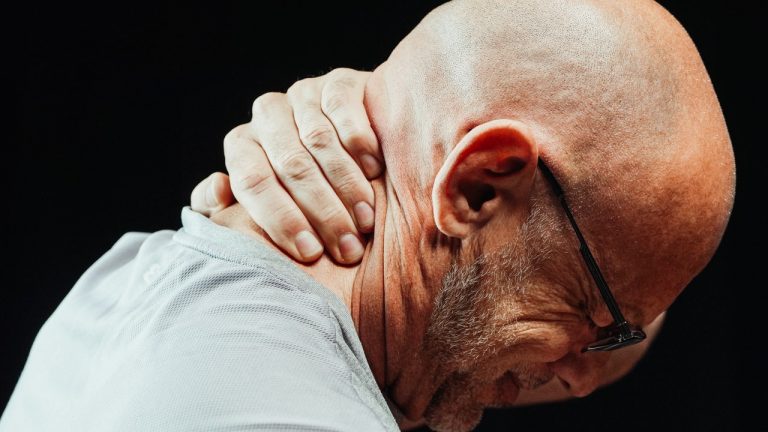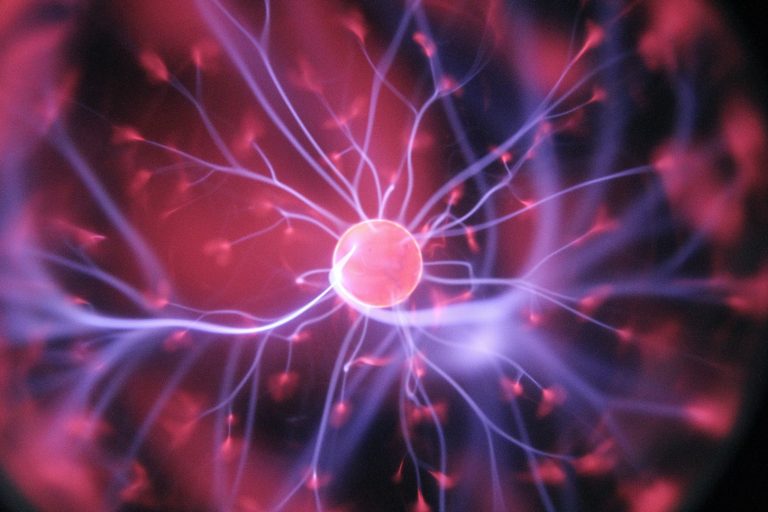Is back pain really that common?
Believe it or not, a majority of people do experience back pain to some degree, with most of them choosing to ignore it instead of seeking medical attention. While it is indeed painful and uncomfortable, this could become problematic, as back pain is also a symptom of more serious health issues.
If the pain is concentrated in the upper back, a patient may have an inflamed spine, chest tumors, or aortic disorders. For the lower back, it could mean issues with the spine, the ligaments, or the muscles. It could also be associated with abdominal and pelvic issues.
Luckily enough, surgery is almost always never needed to treat back pain. Simple home remedies, exercises, and rehabilitation sessions can usually ease a patient’s back pain.
What are the other symptoms that can occur alongside back pain?
While most patients only experience pain in their backs, some symptoms also accompany it that can make everything even more uncomfortable. These may include:
- Muscle aches
- A shooting or stabbing pain that runs through the spine
- Leg pain (pain can also be felt in other body parts, depending on what spinal nerves are affected)
- Difficulty in moving
In most patients, back pain clears up on spontaneously after a few days or weeks. However, should any of the following signs appear alongside back pain, seek medical help as soon as possible?
- Sudden weight loss
- High fever
- Swollen back
- Chronic back pain that cannot be remedied by resting or lying down
- Pain or loss of sensation on the legs
- An injury or trauma to the spinal area
- Urinary and fecal incontinence
- Numbness around the genitals, anus, and/or buttocks.
A patient should also seek medical attention immediately if they belong to any of the following groups:
- Those who are less than 20 years of age and more than 55 years.
- Steroid users
- Patients with a history of drug abuse
- Cancer patients and survivors
- Patients with compromised immune systems
How can back pain be properly diagnosed?
In most cases of back pain, doctors can easily determine a cause for it after a physical examination and interview with the patient. However, if they suspect an injury or something different, they may ask for additional tests.
If there is suspicion of problems with a spinal disc, nerves, or tendons, an x-ray or CT/MRI scan may be recommended. As for suspected infections, a simple blood test can tell a lot about what’s causing a patient’s back pain.
How can back pain be treated?
In the vast majority of cases back pain resolves itself without medical help – just with careful attention and home treatment.
Most patients may experience relief from back pain even without medical help. For those who consulted a doctor, the most usual prescription is for over the counter painkillers and regular application of a hot or cold compress on the affected area. Resting is also highly recommended, but only for a couple of days. Muscle may waste away if a patient rests for an extended period of time and may make their back pain much worse.
If these treatments have no effect on the patient’s situation, doctors may suggest other methods to relieve back pain, such as:
- Stronger medication – If back pain becomes worse, doctors may prescribe non-steroidal anti-inflammatory drugs. They can also recommend (in a controlled manner) a patient to take codeine or other narcotics.
- Cortisone injections – if the back pain also affects other body parts, cortisone injections might be required. The medicine is injected via the spinal cord and helps reduce inflammation around the nerves. It takes around 6 weeks for the medicine to wear off.
- Numbing injections – Affected areas can also be numbed with Botox injections, as it reduces pain and paralyzes muscles. These can take effect for up to 3-4 months.
- Physical therapy – Patients who would rather opt out from medicine can also be recommended to undergo physical therapy instead. Some patients prefer this, as drugs wear off after a certain amount of time and back pain can occur again immediately after. During the first few sessions, a therapist will apply heat, ice, ultrasound, and electrical stimulation on the affected areas to help alleviate back pain. They will also provide patients with exercises for their back muscles. Once back pain reduces or subsides, they will also let patients undergo strength exercises and techniques on how to improve their posture.
For a more detailed explanation on how physical therapy can help with back pain in the long run, contact us to get in touch with a licensed therapist.






